Size: 1.5M
Ficus benjamina, commonly known as the Weeping Fig or Benjamin Fig, is a popular indoor tree that belongs to the Ficus genus. Here’s some information about Ficus benjamina:
Appearance:
Ficus benjamina is an evergreen tree with a dense, bushy growth habit. It features slender, arching branches and glossy, dark green leaves that are oval or lance-shaped. The leaves can vary in size, ranging from small to large, depending on the variety. Some cultivars may have variegated foliage with cream or yellow edges. The tree can reach a height of 30 to 60 feet (9 to 18 meters) in its natural habitat, but it can be pruned to maintain a more manageable size indoors.
Care Tips for Ficus benjamina:
Light:
Place your Ficus benjamina in bright, indirect light. It can tolerate some shade but prefers a well-lit location. Avoid exposing it to direct sunlight, as it can scorch the leaves.
Temperature:
Ficus benjamina prefers average room temperatures between 60°F to 75°F (16°C to 24°C). Protect it from cold drafts and keep it away from temperature extremes.
Watering:
Water the plant when the top inch (2.5 cm) of soil feels dry. Provide a thorough watering, allowing water to drain out of the pot’s drainage holes. Avoid overwatering, as it can lead to root rot. Ensure proper drainage to prevent waterlogging.
Humidity:
Ficus benjamina benefits from moderate to high humidity levels. Increase humidity by using a humidifier, placing a tray of water near the plant (without allowing the pot to sit in water), or misting the leaves regularly.
Soil:
Use well-draining soil that retains some moisture but doesn’t become waterlogged. A mixture of peat moss, perlite, and sand or a quality potting mix for indoor plants is suitable.
Fertilization:
Feed your Ficus benjamina with a balanced, water-soluble houseplant fertilizer every 2 to 4 weeks during the growing season (spring and summer). Follow the instructions on the fertilizer package for the appropriate dosage.
Pruning:
Prune the tree as needed to maintain its shape and size. Remove any dead, damaged, or yellowed leaves. You can also trim back excessive growth to encourage bushiness.
Pests:
Monitor your Ficus benjamina for common houseplant pests like spider mites, scale insects, or whiteflies. Treat infestations with appropriate insecticidal sprays or soaps, following the instructions on the product label.
Remember to adjust the care routine based on your specific growing conditions and the needs of your plant. Observing the plant closely and providing consistent care will help ensure its health and vitality.

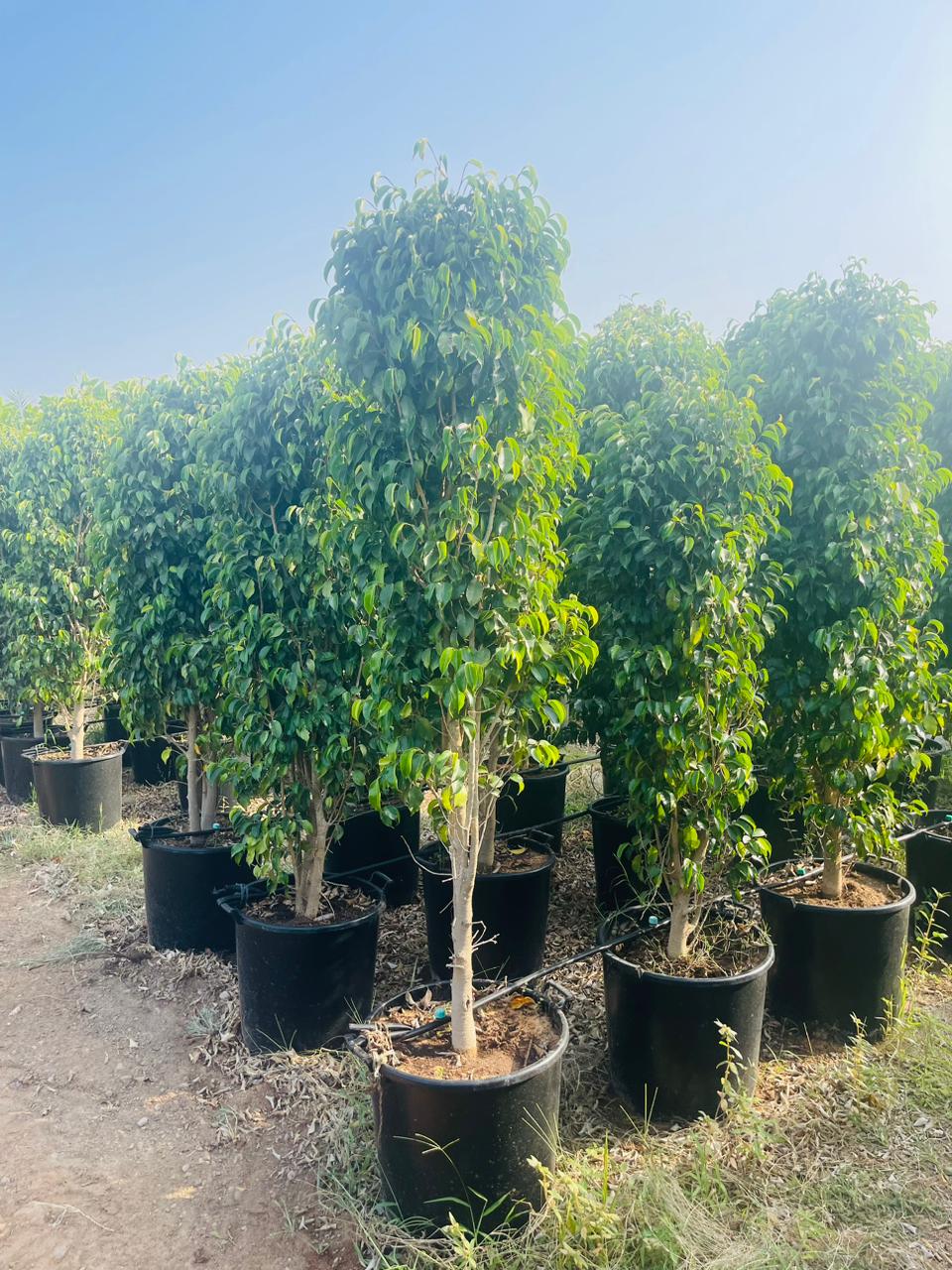
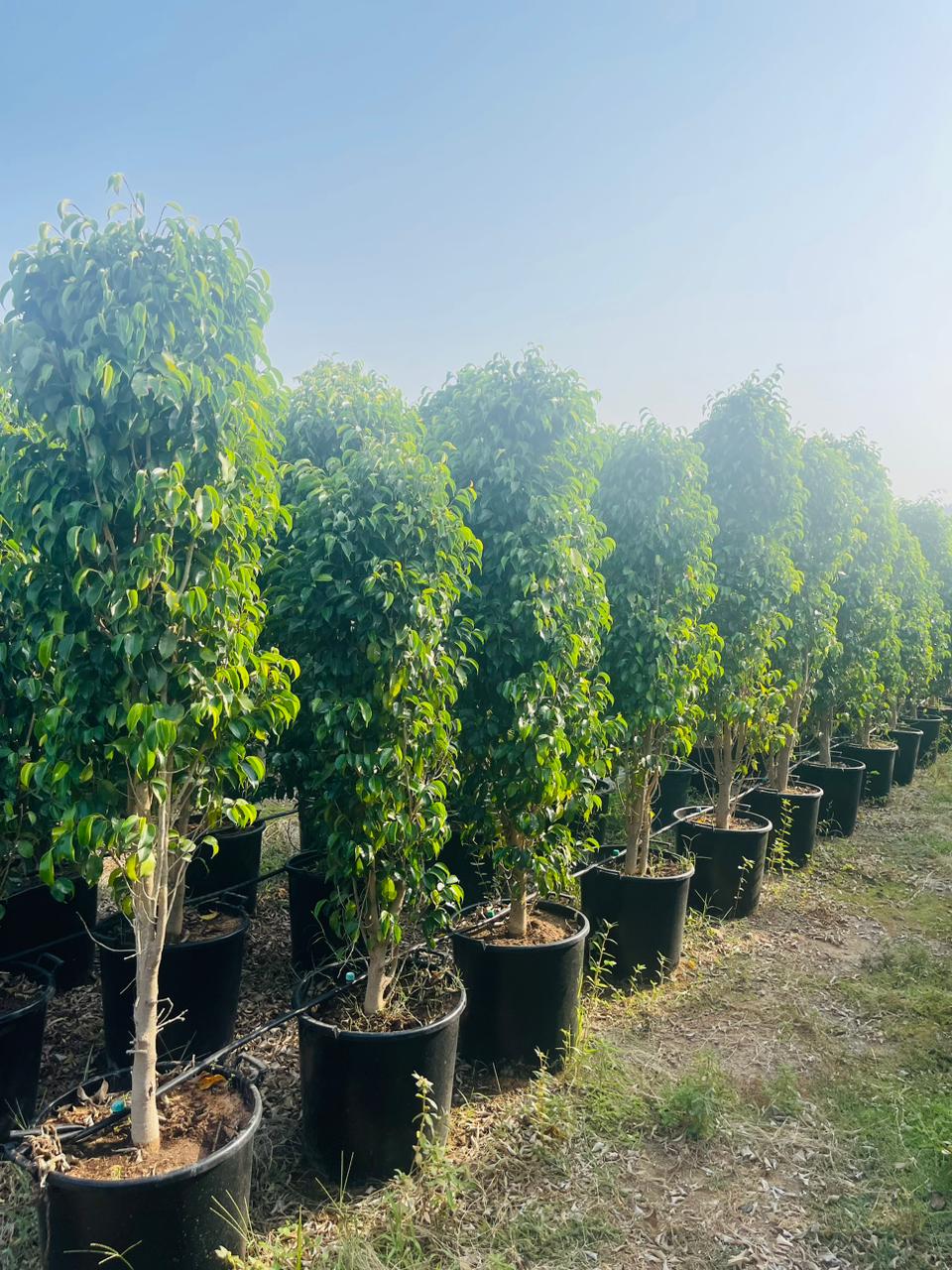
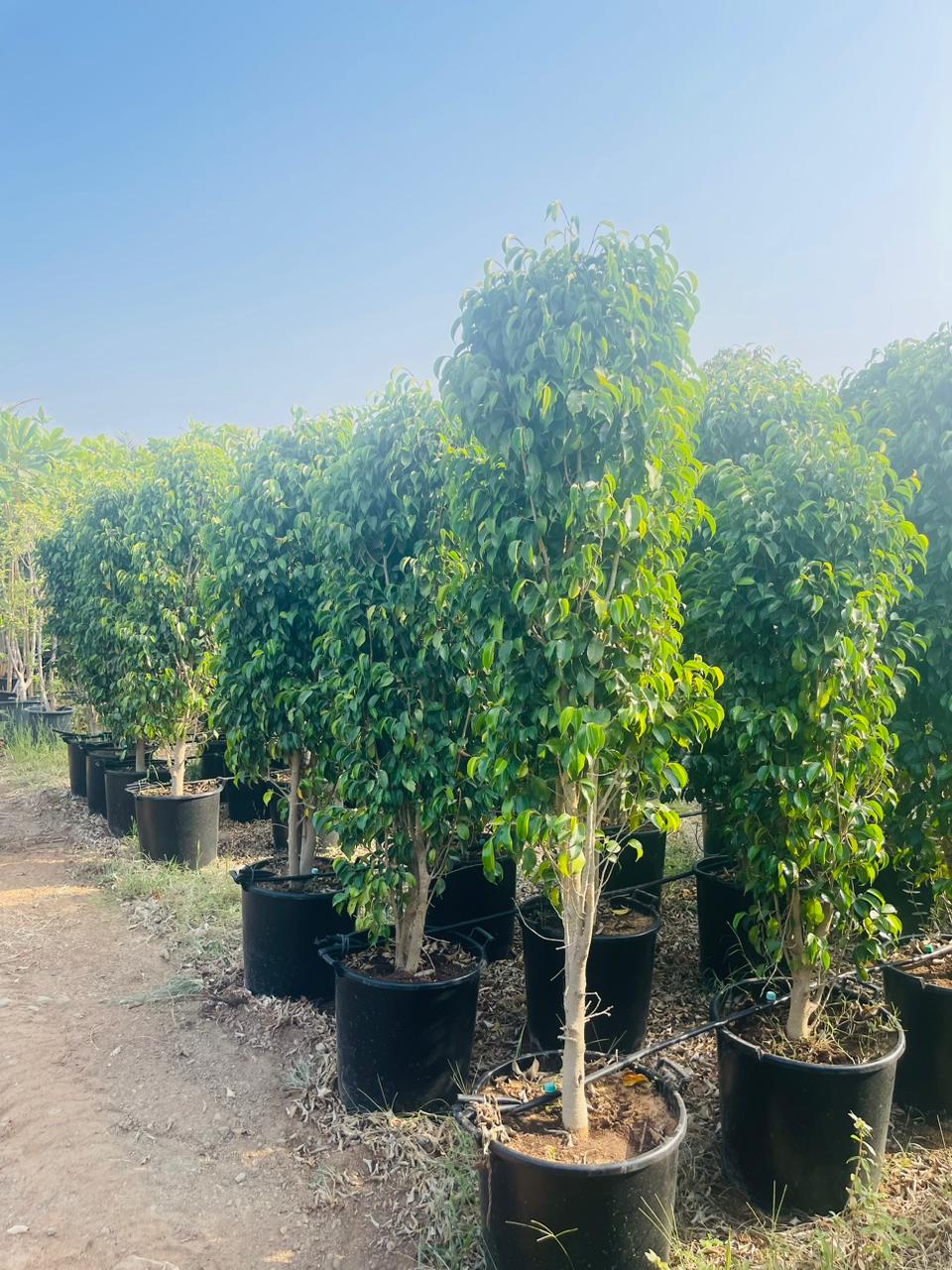

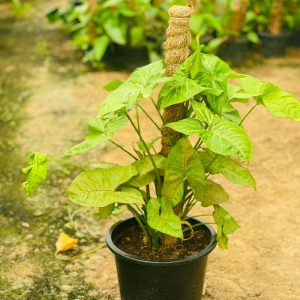
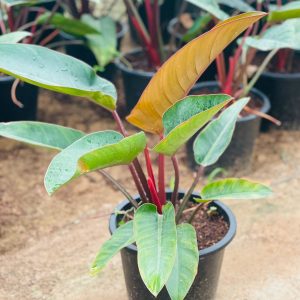

Reviews
There are no reviews yet.